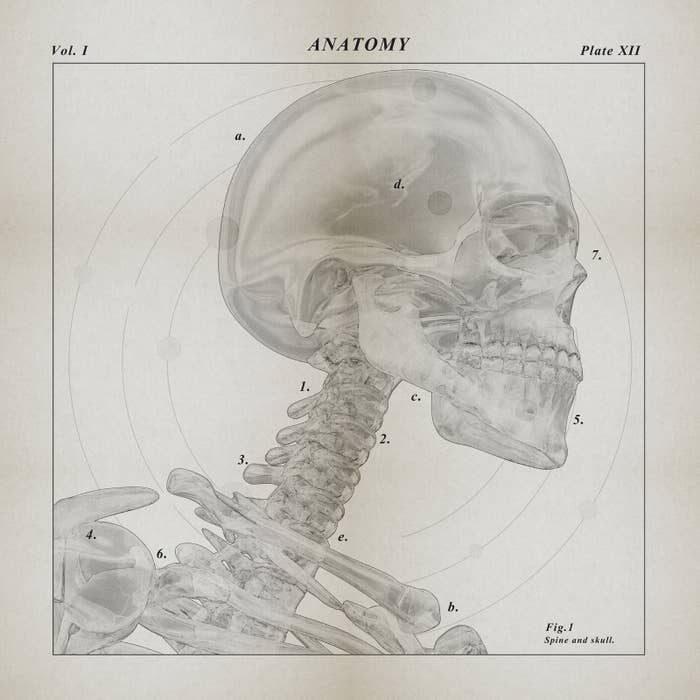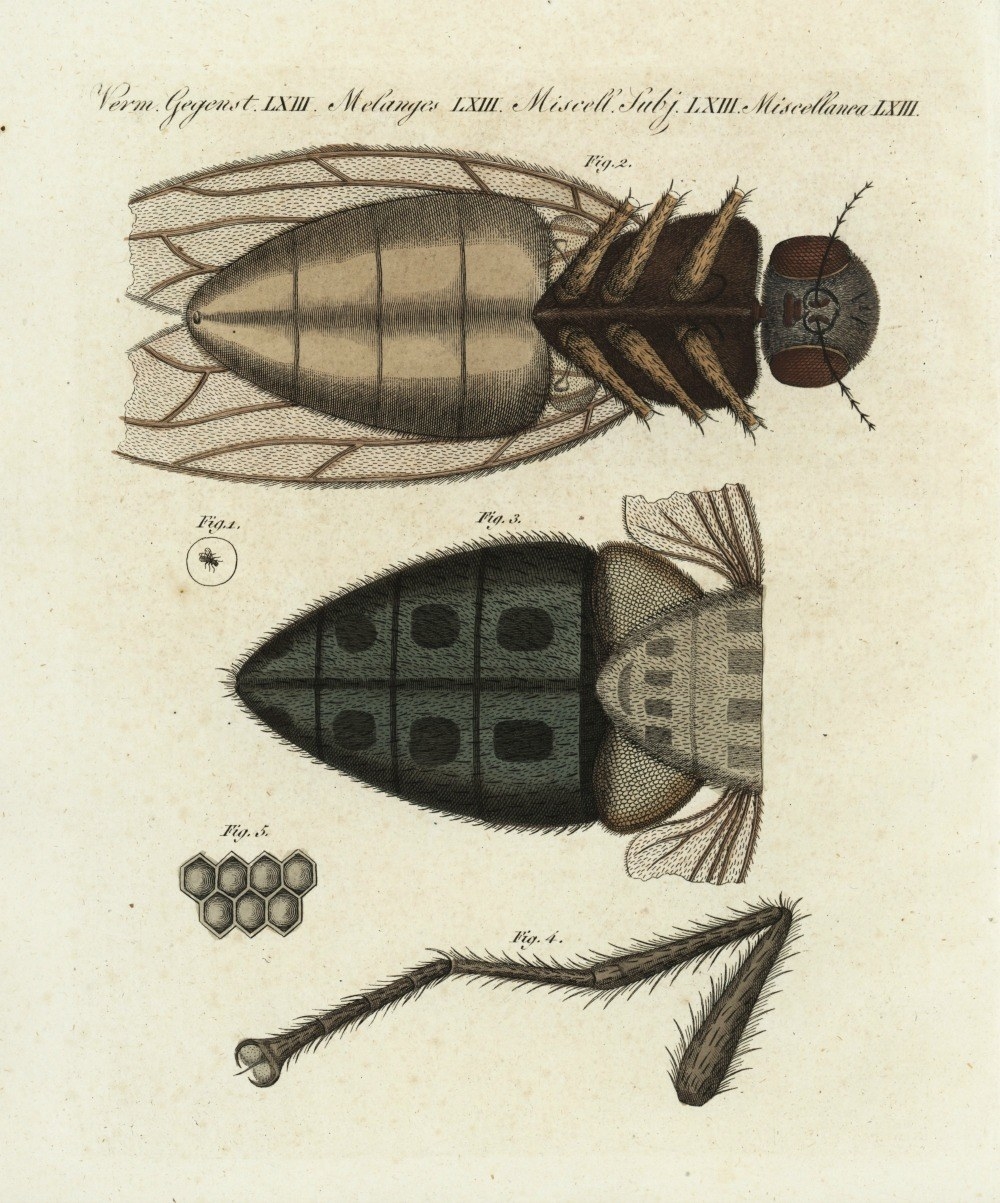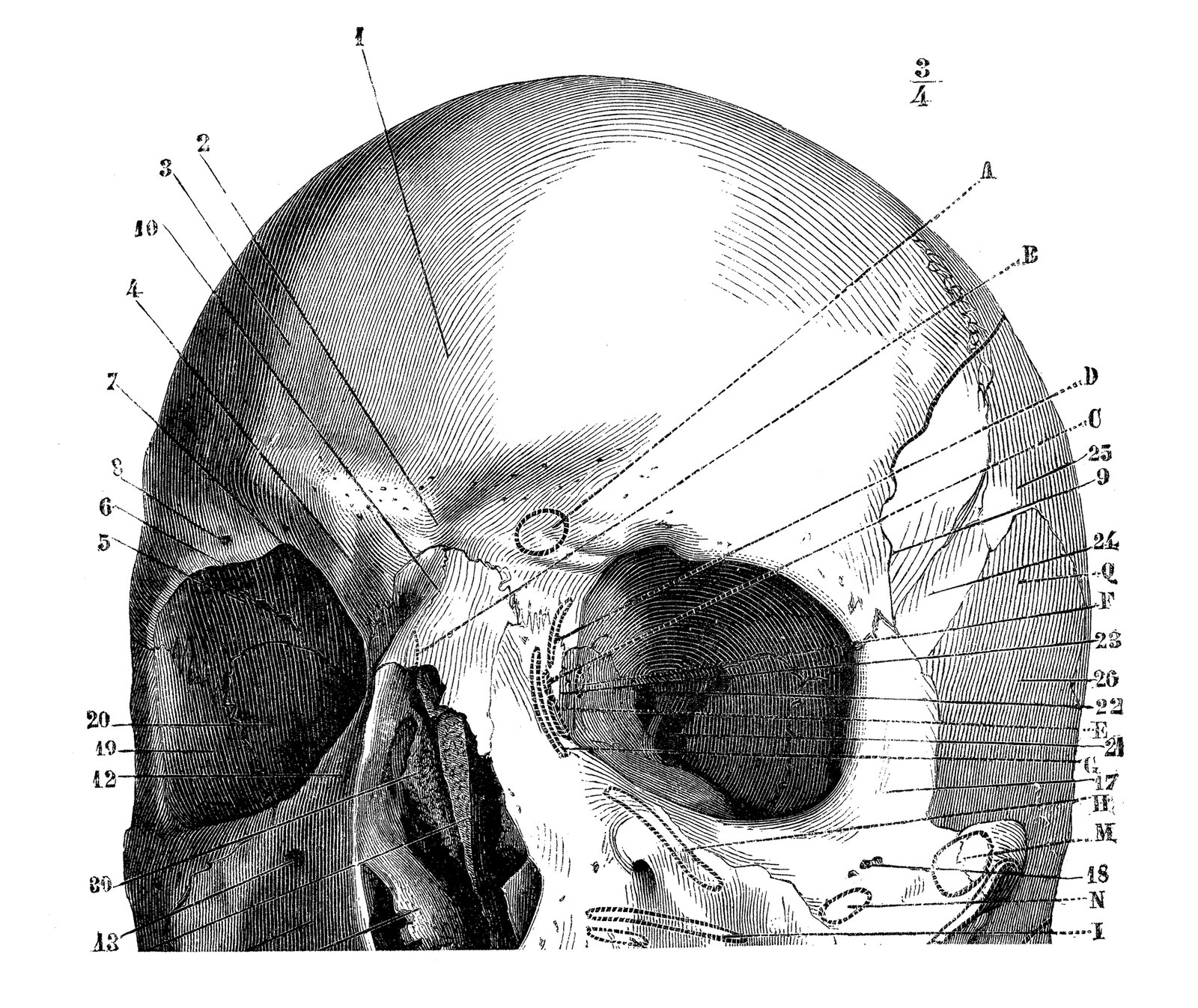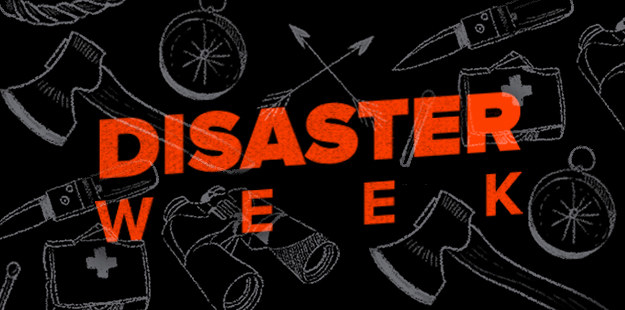Picture this: you’re watching CSI and hottie Nick Stokes shows up to a crime scene. He says that the body appears to have been dead for a few a few days but it honestly just looks like a sleeping human. Are you telling me the truth, hottie Nick Stokes?

Really though, how many crime shows have you watched (hello, Bones, Law and Order, etc.) and thought, Is this actually the way it goes down in real life? Just how accurate are these TV show corpses?
I was curious and thought you might be, too. So, I recruited Daniel Wescott, director of the Forensic Anthropology Center at Texas State University, and Melissa Connor, director of the Forensic Investigation Research Station at Colorado Mesa University to help break this all down.


1. Fresh stage (roughly 0-12 hours after death)
In the first hours following your death, your body shows no outward signs of decomposition but lots of stuff is going down on the inside. Four major things happen during the fresh stage: livor mortis, algor mortis, rigor mortis, and autolysis (cell death).
Algor mortis, aka the cooling of the body, occurs right after death. Typically, your body’s temperature drops by two degrees per hour until it reaches the temperature of the surrounding environment. And in the first few hours after death, livor mortis — aka the pooling of blood in certain parts of your body — happens. Because gravity is a thing here on earth, the blood will settle in the part of your body that’s closest to the ground. Livor mortis usually finishes around eight hours after death.

During all of this mortis action, rigor mortis (muscle stiffening) is also taking place. Smaller muscles — like your facial muscles — stiffen faster than your larger muscles. Because your heart has stopped pumping blood, muscle cells throughout your body can no longer receive oxygen. As a result, calcium ions cannot be pumped out of the muscles, which causes significant stiffness in the body. “Rigor mortis usually appears within two to four hours after death and peaks at around 12 hours after death, and then the muscles begin to relax,” Wescott says. Eventually, tissue decay loosens the muscles and your body relaxes.
Cell death — or autolysis if we want to be fancy — also occurs during this stage, but becomes more prominent in the next stage.

2. Early decomposition stage
During this stage, your skin begins to change colors (ranging from green to gray to brown) and something called “marbling” happens. “Gases pass through the blood vessels, causing the skin to look like marble,” Wescott says. Woah.
Oh, and, fun fact: this is also the stage in which flies begin to colonize your body and lay their eggs! Why, you ask? Well, your body is the perfect place for flies to raise their babies. Your body’s orifices provide a moist home for maggots to hatch — basically becoming a lil’ fly motel. Once they emerge, they begin breaking down and consuming your body’s flesh and tissue.
Thanks to something called putrefaction, this is also when your body begins to smell and bloat. Dr. Westcott explained it to me like this: cell death triggers the breakdown of tissues (bacteria, fungi, and protozoa). The byproduct of all of that (putrefaction) causes gas to develop, which causes your body to smell, bloat, blister, and fill with fluid. This is most noticeable in your face as the gases push against your eyes and tongue, making them protrude from your body like Panic Pete.


3. Advanced decomposition stage
Next, we enter the advanced decomposition stage. Sagging skin becomes prominent and maggot activity becomes extensive during this time. Another thing you can look forward to is bone exposure due to all the maggot activity. Connor notes that fly maggots are picky eaters. “Generally, arteries, veins, and nerve sheathes are too tough for them. They’re not fond of fats and may leave them,” she says. Once maggots have eaten their share of your tissues, they will check out of the fly motel (you), which leads us to the next stage!

4. Skeletonization
By now, most of your body tissues have decayed and been eaten away by insects. However, the skeleton is still greasy from the remaining soft tissues and body fluids from the early stages. Over time, those tissues will lose moisture and begin to dry out, become flaky, and break down from hard rains and other environmental factors.


5. Decomposition of your skeleton
At this stage, all of your tissues and fluids are gone and the skeleton is completely dry. Depending on the circumstances, your bones will become bleached due to exposure of the sun OR your bones may be completely damaged by scavenging.
Bones will eventually decay — but it’s all dependent on a wide variety of factors. What environment was your skeleton exposed to? Were you buried in a casket or close to water? Your bones can last thousands of years in dry climate. Because there are endless variables, it’s hard to give a solid number.
Well, hottie Nick Stokes, we now know the truth! A lot more goes into body decomposition than TV shows let on. And — I don’t know about you, but I am so glad I now know the basic stages of body decomposition. Thanks for following along, friends!
This week, we're talking about preparing for and surviving the worst things imaginable. See more Disaster Week content here.


